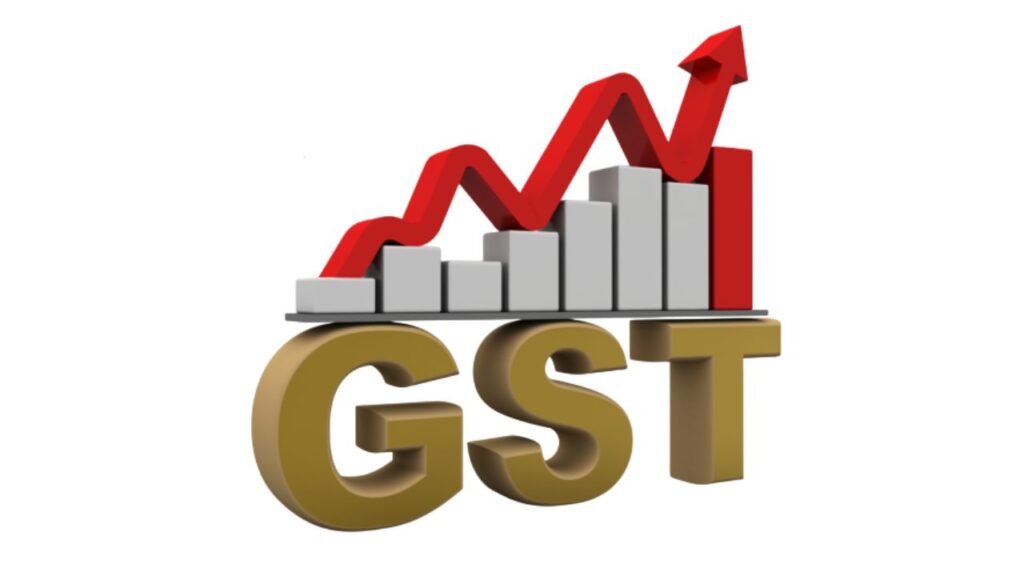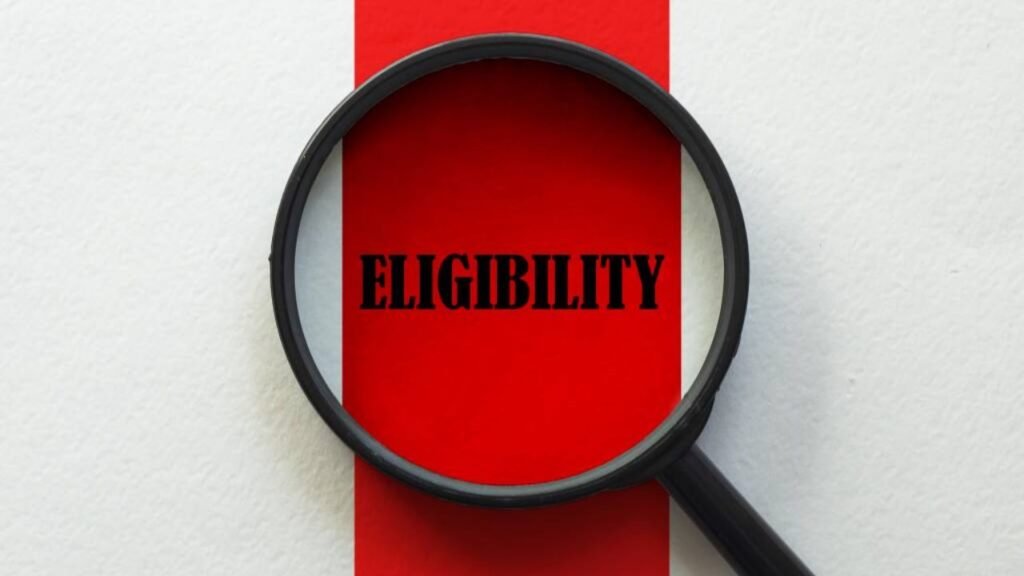In 2025, the Canadian Government is making considerable adjustments to the Goods and Services Tax (GST) and Harmonized Sales Tax (HST) Credit, imparting more help to low- and modest-earnings individuals and families.
This raise, effective mid-yr, is part of the government’s initiatives to allow citizens to deal with growing dwelling costs.
By imparting a modest enhance in GST credit payments, the government wants to assist make certain that families are able to preserve pace with inflationary pressures.
What Is the GST/HST Credit?
The GST/HST Credit is a non-taxable benefit meant to assist low- and mild-income Canadians in offsetting the taxes they pay on not unusual items and services. It is paid by the Canada Revenue Agency (CRA) on a quarterly basis.
This benefit is particularly useful for:
- Single people who are having difficulty meeting daily living expenses
- Households with children that require additional financial assistance in household expenses
- Recent immigrants to Canada, such as foreign students and work permit holders
The credit is reindexed every year to accommodate inflation so it remains applicable to the nation’s economic conditions.
Why Is the GST Credit Growing in 2025?

As living expenses rise, the GST/HST Credit is yearly adjusted according to the Consumer Price Index (CPI). The credit will grow 2.7% in 2025, which is slightly less than the 4.7% growth in 2024.
The growth may be slight, but it will nonetheless be useful financial assistance for those who qualify.
The first payment corresponding to this change will be given in July 2025 based on your return for the tax year 2024. Hence, file tax in a timely manner to correctly calculate your benefit.
How Much GST Payment Will You Receive in 2025?
In 2025, maximum GST credit payments will be:
| Recipient Category | Maximum Annual Amount (2025) | Previous Amount (2024) |
|---|---|---|
| Single individuals | $349 | $340 |
| Per child | $184 | $179 |
| Couples (combined) | $698 | N/A |
| Single supplement | $184 | N/A |
For example:
- A family with four members (two adults, two children) might get up to $1,066 each year or up to $266.50 for every quarter.
- A single adult with one child might get up to $533 each year or up to $133.25 for every quarter.
Income Limitations for 2025 GST Credit
Eligibility for the GST/HST Credit is based totally in your Adjusted Family Net Income (AFNI). The income thresholds had been raised in 2025 by 2.7%, which means that extra families and people can be eligible to get hold of some amount of benefit.
| Category | 2025 Income Threshold | 2024 Income Threshold |
|---|---|---|
| Single supplement phase-in limit | $11,337 | $11,039 |
| Family net income phase-out limit | $45,521 | $44,324 |
If you are earning more than the threshold, your payment will be phased out. You will not be eligible for the credit when your income is above the maximum threshold.
Who is Eligible to get the GST/HST Credit?

You are eligible for the GST/HST Credit based on the following conditions:
- Be a resident of Canada for tax purposes at the beginning of the payment month
- Be at least 19 years old
- People under 19 can still qualify if they are married, in a common-law relationship, or have a child living with them
New immigrants to Canada, international students, work permit holders, and refugees can also qualify, but they have to apply by hand in their first year.
When Will the GST Credit Payments Be Made?
The CRA makes GST payments quarterly, usually on the 5th of the month. But if the 5th is a weekend, the payment will be made on the previous Friday. The payment schedule for 2025 is as follows:
| Payment Date | Notes |
|---|---|
| April 4, 2025 | Last payment under 2024 rates |
| July 4, 2025 | First payment reflecting the 2.7% increase |
| October 3, 2025 | Regular quarterly payment |
| January 5, 2026 | First payment of 2026 |
If a recipient fails to receive their payment within 10 business days, they can call the CRA at 1-800-387-1193 for help.
How to Apply for the GST Credit

Generally, most Canadians qualify for the GST/HST Credit automatically when they file their tax returns. But newcomers need to apply manually for the first year in Canada.
If applicable, newcomers must fill out the corresponding forms based on their circumstances:
- Form RC151 for those without children
- Form RC66 and RC66SCH for those with kids
What to Do If You Don’t Get Your GST Payment
If you don’t get your payment, do the following:
- Check your CRA My Account for eligibility and payment status
- Check that your 2024 tax return has been submitted on time
- Check your banking information if signed up for direct deposit
- Call the CRA for additional help as required
The 2025 GST/HST Credit boost provides substantial economic relief to low- and modest-income Canadians, especially those experiencing increased living expenses.
By maintaining eligibility and reporting on time, eligible recipients can start receiving this relief in July 2025.
Final Thought
Tax legal guidelines and advantage quantities can exchange, so it is beneficial to regularly seek advice from authentic CRA communications or their internet site for the most present day statistics. Keeping your non-public records updated with the CRA ensures you acquire the proper price quantities without delays.
By knowledge these updates and ensuring you meet the eligibility standards, you can take full gain of the GST/HST credit score and any additional provincial or territorial advantages available to you.
FAQ’s
How do I affirm whether or not I qualify for the GST Credit in 2025?
You can check your eligibility thru your CRA My Account or via relating to the above earnings thresholds.
How do I observe for the GST/HST Credit if I’m new to Canada?
New arrivals are required to apply manually on specific forms depending on whether they have children or not.
When can I expect to get my first higher GST credit charge?
The first payment growth can be made on July four, 2025.



